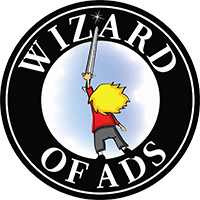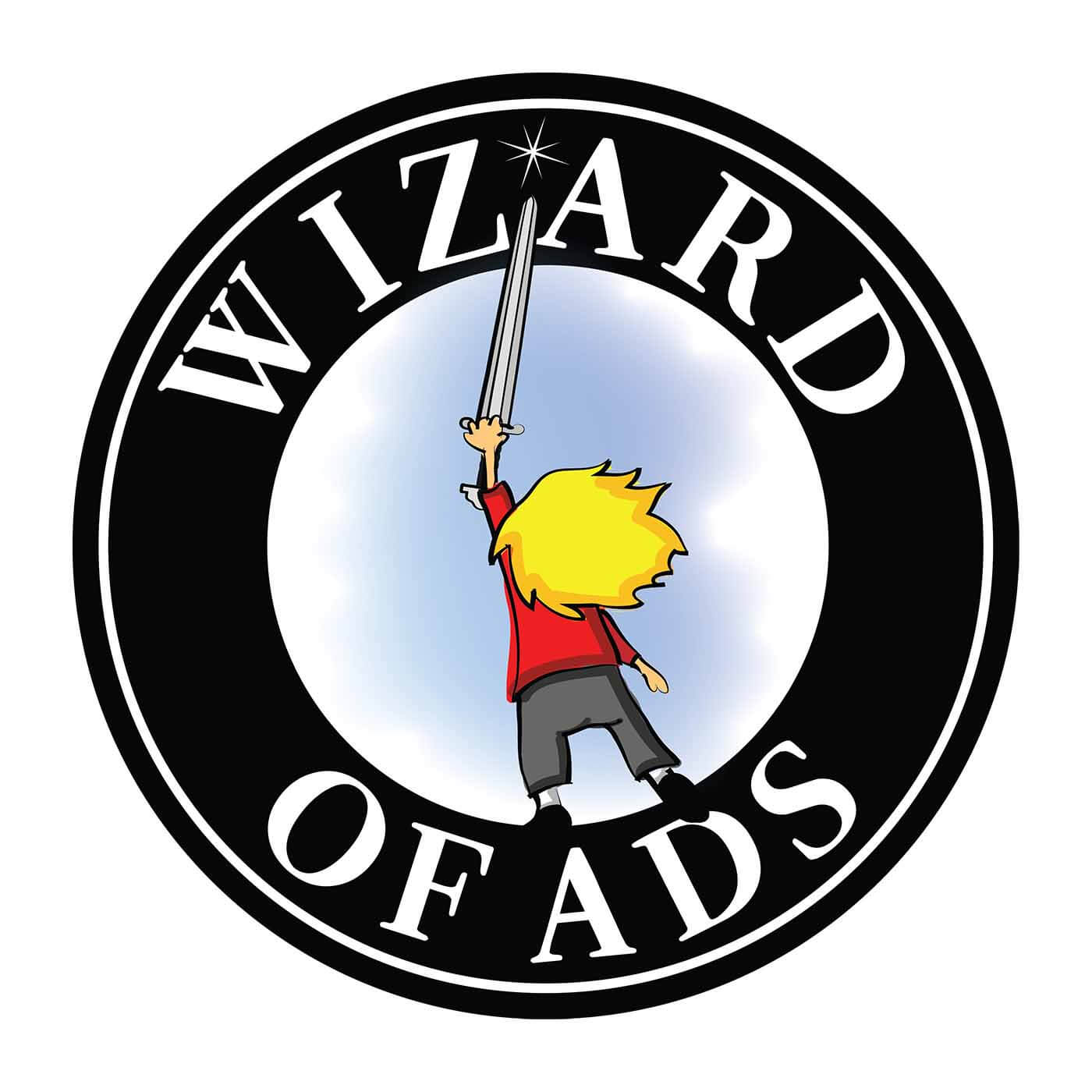full
Portals and How to Use Them
Portals are openings that lead from one place to another.
The best screenwriters, novelists, poets, and ad writers use portals when they want their readers, listeners, and viewers to follow them to a new and different place.
Portals can be visual, auditory, or literary.
Visual Portals
like windows, doors, and tunnels, are used by painters, photographers, and graphic artists.
A portal makes a 2-dimensional image psychologically 3-dimensional.
There is
(1.) the foreground,
(2.) the portal (window) and
(3.) a different reality on the other side.
We see a kitchen, with people sitting at a table in the foreground. The kitchen counter is covered with the implements of cooking. But our eyes are attracted to the portal: a window under which the table sits… Looking through that window, we see that we are high up on a mountain overlooking a valley through which a whitewater stream makes its way to the sea.
There is one world on this side of that window, and another world on the other.
Portals make it easier for readers, listeners, and viewers to follow you on your journey of imagination.
Auditory portals
beckon you toward a world beyond. These portals of sound are another type of window that pulls you toward the valley, the river, and the sea.
Pitch, key, tempo, rhythm, interval, and contour are the 6 sub-languages in the language of music. Each of these involves movement up-and-down, and/or left and right. This is what makes them two-dimensional. To create a portal, we must add depth, the 3rd dimension.
- Harmony provides depth, thus opening an auditory portal.
- Major 7th chords provide depth, and thus open auditory portals.
When you strike the 1, 3, 5 and 7 keys in the major scale on a piano, you are playing a major 7th.
Strike the 1 and the 7 without the 3 and the 5, and you will create a truly horrible sound; a sound from which you will want to escape. Add the 3 and the 5 to that ugly 1 and 7, and you will hear a rich, lush sound with all the transcendent DEPTH of rich harmony. Auditory portals make is easier for people to follow you to the place you are trying to take them.
Literary Portals
are references from books, plays, movies, and TV shows that allow you to transfer a vivid mental image using only a few words.
Example: “I was so deep in thought I felt like Hamlet talking to the skull of Yorick.”
Example: “A drug dealer is a reverse Robin Hood, robbing the poor and giving the money to the rich.”
Example: “When you step off a train in Switzerland, you step through the wardrobe into Narnia.”
Literary Portals are another type of window, door, or tunnel.
The tunnel of a rabbit hole takes Alice into Wonderland.
The tunnel of a telephone landline allows Morpheus, Neo, and Trinity to get in and out of the Matrix. (They cannot do it over a cell phone.)
Doors called waygates allow Moiraine and the Aes Sedai to go from place to place in the Wheel of Time.
The spiraling tunnel of a tornado takes Dorothy into Oz.
The portal of Platform 9 3/4 in the train station allows Harry Potter to leave the world of muggles.
The shape of a spiral
is a portal that pulls you in. It is always associated with a feeling of spin.
Elevator Portals
take you to a different level. The concept of going up or down is easily communicated by the image of a ladder, stairs, an escalator, or an elevator.
Elevator portals can be visual, auditory, or literary.
A Dream
is a portal into a symbolic world; a waygate that allows you a glimpse of the unconscious as your pattern-recognizing right-brain processes your unresolved thoughts and impressions.
When you want to speak of hope or fear, confidence or anxiety, fantasy or nightmare, speak as though you are dreaming, and you will be heard and understood.
“I have a dream,” said Martin Luther King.
Portal Stacking
deepens perception. When you have become familiar with portals, you will see and hear them in hit songs, TV shows and movies; photographs, paintings and illustrations; visual ads, radio ads, and television ads.
You will notice that big, signature moments in hit songs, TV shows, and movies always feature multiple-layer portal stacking.
Portals can be stacked in two ways:
- They can happen simultaneously.
- They can happen sequentially, in rapid succession.
Example: Climbing up or down the scale on a musical instrument is an auditory elevator portal that helps the listener imagine travel up to a higher level, or down to a lower one.
“Just as Jack climbed the beanstalk into the clouds, you can climb to anywhere you want to go at Mid-State Community College.”
Now hear the musical scale ascend, as you see Jack climbing. That’s portal stacking.
Your body contains approximately 100,000,000 sensory receptors, allowing you to see, hear, taste, touch, and smell physical reality. But your brain contains more than 10,000 billion synapses. This means you – and each of your readers, listeners, and viewers – are 100,000 times better equipped to experience a world that does not exist, than a world that does.
If you hope to persuade your readers, listeners, and viewers, take them on a journey filled with scenery and surprises. Through every window, show them undiscovered beauty. Through every doorway, introduce them to new friends. Through every tunnel, show them a different world.
Cause your audience to imagine doing what you want them to do.
And then don’t be surprised when they do it.
Aroo,
Roy H. Williams
Zeynep Ekemen is the founder of a company that sells antimicrobial film for high-touch areas, such as door handles, elevator buttons, and staircase rails. A few years ago, sales of her product took off like a rocket… then fell like a rock when Covid was no longer part of the daily news. Listen and learn as Zeynep explains to roving reporter Rotbart how she is turning her rock into a rocket again. What comes down can always go back up at MondayMorningRadio.com!

